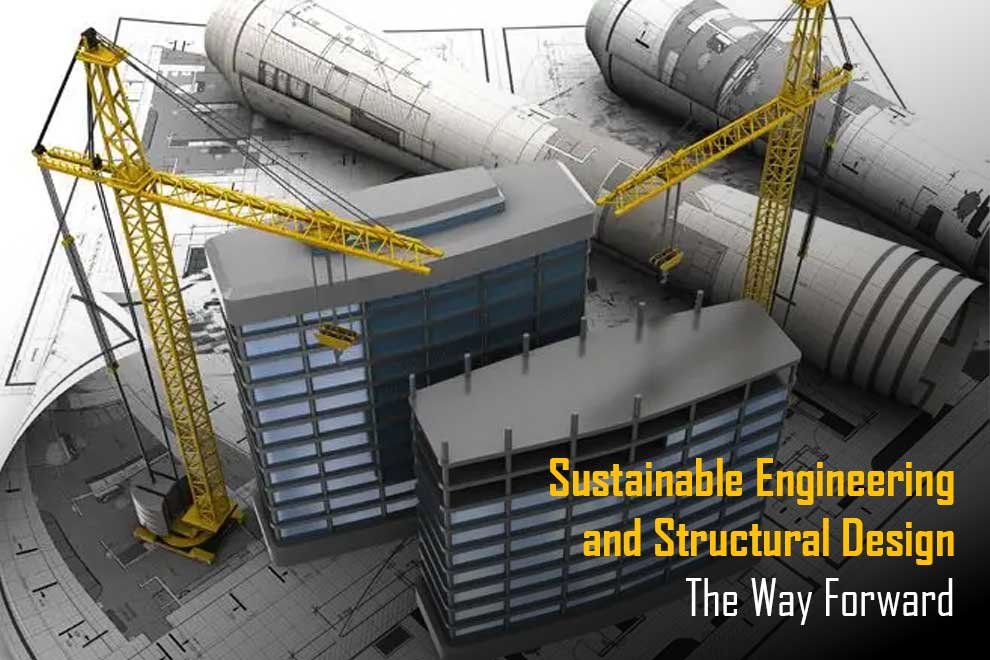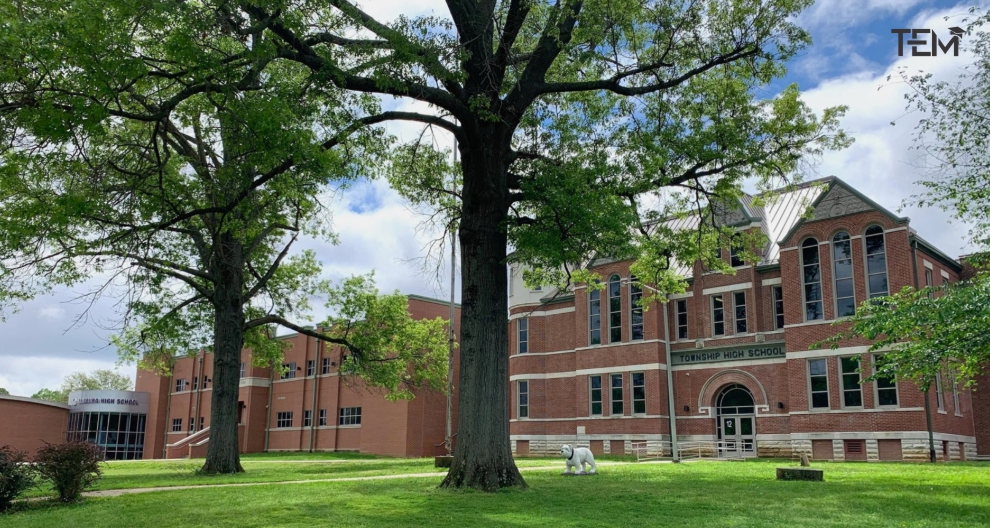The world of engineering is rapidly evolving, with sustainability at its core. Modern structural design now embraces eco-friendly practices that reduce environmental impact while maintaining structural integrity and functionality. SLN Consulting structural engineers are among the professionals leading this shift towards more sustainable building practices. This article explores how sustainable engineering is reshaping structural design and what this means for future construction projects.
Key Takeaways
- Sustainable engineering combines environmental responsibility with innovative structural design
- Renewable materials and energy-efficient designs are transforming modern construction
- Economic benefits of sustainable practices include reduced operational costs and increased property value
- Despite challenges, sustainable structural design continues to advance through research and innovation
What Is Sustainable Engineering?
Sustainable engineering represents a holistic approach to design and construction that considers environmental, social, and economic factors throughout a structure’s lifecycle. This discipline focuses on creating buildings and infrastructure that minimise resource consumption, reduce waste, and limit harmful emissions while maintaining high performance standards.
The evolution of sustainable engineering has been remarkable. What began as simple energy conservation measures has expanded into comprehensive design philosophies that consider everything from material sourcing to end-of-life recycling. Recent advancements include sophisticated life-cycle assessment tools that help engineers quantify the environmental impact of their design choices.
Current Trends in Sustainable Structural Design
The field of sustainable structural design is experiencing rapid innovation. Among the most significant trends is the incorporation of renewable materials in construction projects. Mass timber, recycled steel, and advanced concrete alternatives are becoming increasingly common in modern buildings, reducing embodied carbon and minimising environmental impact.
Energy efficiency represents another major focus area. Passive design strategies that maximise natural lighting and ventilation, coupled with high-performance building envelopes, dramatically reduce operational energy requirements. Additionally, on-site renewable energy generation through solar panels, wind turbines, and geothermal systems further reduces dependence on fossil fuels.
“The most sustainable building is the one that doesn’t need to be built. When construction is necessary, our responsibility as engineers is to ensure every material choice and design decision considers both immediate and long-term environmental impacts.”
Benefits of Sustainable Engineering in Structural Design
The adoption of sustainable engineering practices in structural design offers numerous benefits beyond environmental protection. These advantages make sustainable approaches increasingly attractive to developers, owners, and communities:
Environmental Advantages
Sustainable structures significantly reduce carbon emissions through decreased energy consumption and careful material selection. They also minimise waste generation during construction and operation while often protecting or enhancing local biodiversity through thoughtful site design.
Economic Benefits
Though sustainable buildings may have higher initial costs, they typically deliver substantial economic benefits over time. Lower operational costs through reduced energy and water consumption, increased property values, and improved occupant productivity all contribute to a compelling financial case for sustainable design.
Structural Resilience
Sustainable structures are often designed with greater resilience to climate change impacts and natural disasters. By incorporating adaptive design principles and robust materials, these buildings typically offer longer service lives and reduced maintenance requirements.
Challenges in Implementing Sustainable Structural Design
Despite its clear benefits, sustainable structural design faces several significant challenges. Technical limitations remain in areas such as high-performance materials and system integration. Research continues to address these gaps, but solutions aren’t always readily available for all applications.
Financial considerations also present obstacles. The higher upfront costs of sustainable technologies and materials can deter investment, particularly when project budgets are tight. This is compounded by traditional financing models that often fail to account for lifecycle cost benefits.
Regulatory frameworks present another challenge. While building codes increasingly incorporate sustainability requirements, inconsistency across jurisdictions creates complexity for designers and builders working in multiple regions.
Case Studies: Sustainable Engineering Success Stories
Australia boasts numerous exemplary sustainable structures that demonstrate the practical application of advanced engineering principles. The Pixel Building in Melbourne stands as one of Australia’s first carbon-neutral buildings, featuring rainwater harvesting, solar panels, and wind turbines. Its innovative façade system actively contributes to the building’s energy efficiency.
Internationally, the Bloomberg headquarters in London showcases how sustainable design can be incorporated into large-scale commercial projects. The building’s integrated ceiling panels combine lighting, cooling, and acoustic functions, reducing material use while enhancing energy efficiency.
These projects demonstrate that sustainable engineering isn’t just theoretical – it delivers practical, measurable benefits when thoughtfully implemented.
The Future of Sustainable Structural Design
Looking ahead, several emerging technologies promise to further advance sustainable structural design. Digital twins, artificial intelligence, and advanced simulation tools will enable ever more precise optimisation of material use and energy performance. Developments in bio-based materials and carbon-capturing concrete alternatives may revolutionise how we think about structural systems.
The role of engineers will continue to evolve, with increasing emphasis on interdisciplinary collaboration and holistic thinking. As climate change impacts intensify, adaptive design strategies that anticipate changing environmental conditions will become essential components of sustainable engineering practice.
Conclusion
Sustainable engineering represents both an opportunity and a responsibility for today’s structural designers. By embracing innovative materials, technologies, and methodologies, engineers can create structures that not only serve their immediate purposes but also contribute positively to environmental and social wellbeing for generations to come. As industry leaders in this field, SLN Consulting continues to pioneer sustainable approaches that balance technical excellence with environmental responsibility. Consider how your next project might benefit from sustainable engineering principles – your budget, your users, and our planet will all benefit.
Also Read: Why Is Software Engineering Still One Of The Best Career Choices In Thailand











